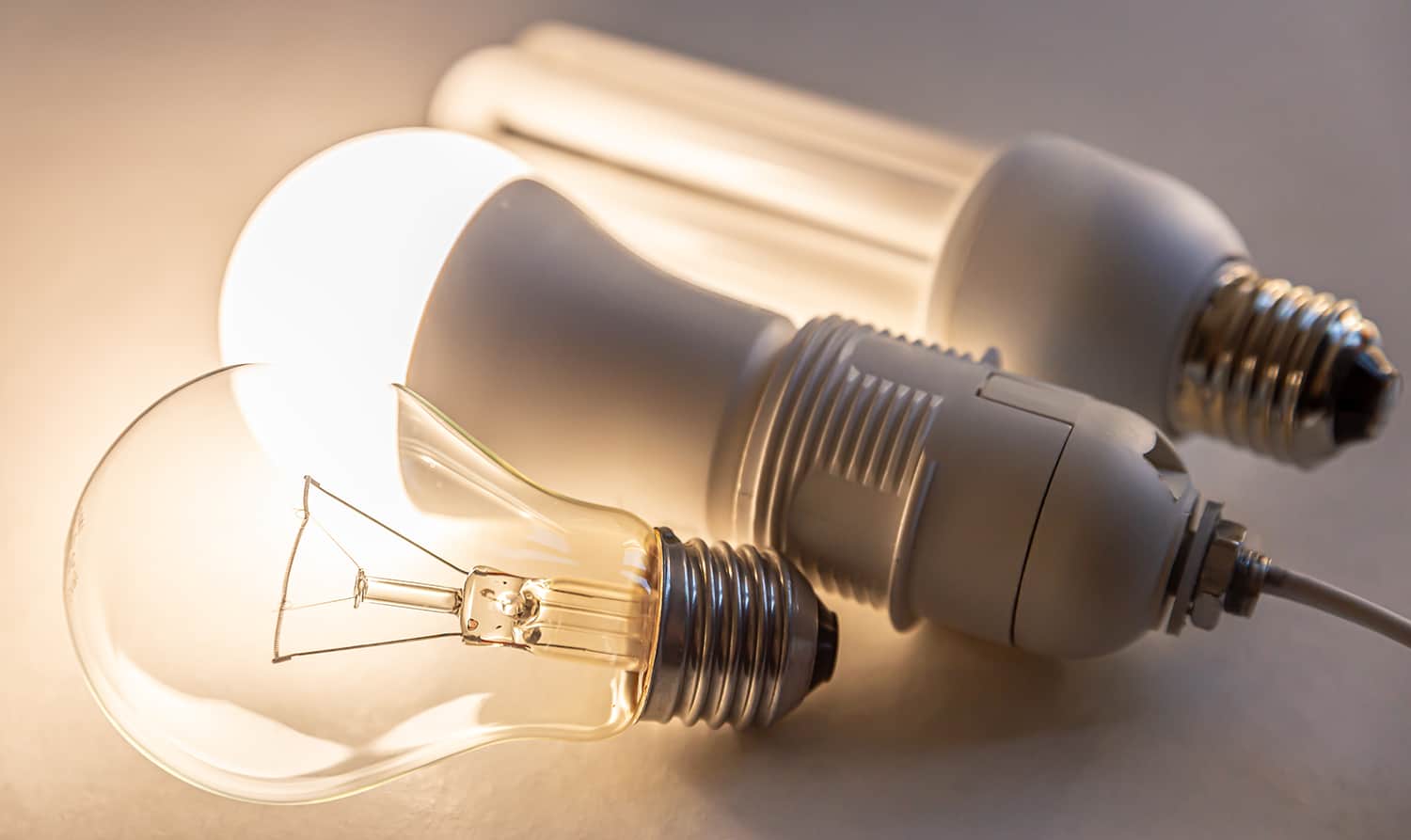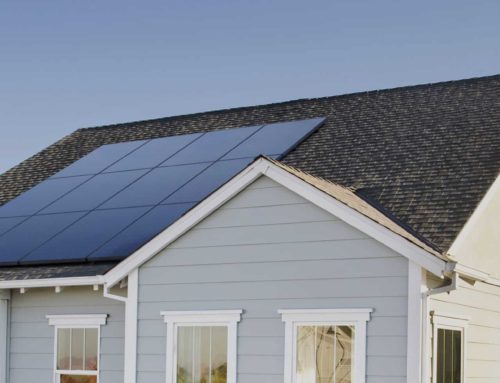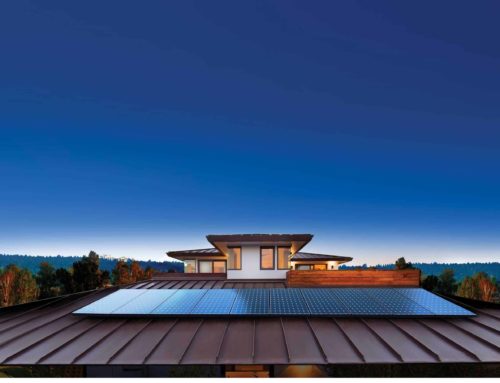The third blog in this series is going to address something that few homeowners are aware of: peak operation hours. Just like it sounds, this is a few hours of the day that people use the most energy. What you may not know is that peak hours might end up costing you a lot of money if you don’t understand how to work around them.
Peak operating hours are really the last thing you need to wrap your mind around when it comes to kWh (kilowatt hours) and your money. Long ago, when power companies started monitoring the usage and the strain of energy output on the power grid, they came up with a term called “peak hours.” Just like it sounds, peak hours are specific periods throughout the day where more people draw more power from the grid.
More and more usage at the same time, requires more and more monitoring and maintenance. As a result, costs to purchase power during peak hours increased. So, while it may seem somewhat trivial to understand the distinction between off-peak and peak hours, it is perhaps the greatest tool you have in understanding how to save money. Peak hours can be incredibly costly, so it is important to know when these hours are and attempt to work around them.
As your home uses electricity during the day, both during regular and peak hours, a meter counts up to record the amount of power you use at all times. This counter increases and is read whenever the utility company has determined the end of the billing cycle date.
Most electric utilities bill customers for total kWh energy consumption and peak kW power consumption. Knowing when, and at what rate energy is consumed, allows customers to reduce electricity expenses.
For example, let’s say you use 1,000 kWh in a total billing cycle, and your electric rate is 12.22 cents/kWh. Your bill would be $122.22, plus any peak hour rates, and additional connection and service fees.
Let’s pretend an electric company bills customers 12.22 cents/kWh regularly, and 15.45 cents/kW during peak hours. If an old television that takes 2 kW to watch was on for 100 hours in a month (equating to 200 kWh,) it would cost $24.44 in kWh consumption charges and an additional $30.90 in peak hour charges. However, a newer TV that only uses 1 kW would save the owners $27.67 ($15.45 of which are peak hour rates) a month, because it uses half the energy!
You should always try to remember the effect peak hours have on your devices, equipment and tools. Sometimes, even operating a device with low kW rating during peak hours can get expensive. Understand how your electronics function to learn how to use them properly to avoid extra costs. Many devices have built in settings to help you achieve this.
Low-wattage light bulbs are a great example of this, so switching to them can have a great impact on your pocketbook. For example, LED light bulbs are built better than standard light bulbs and do not waste as much energy to provide the same amount of light. Because of this, LED bulbs use a fraction of the wattage compared to their standard incandescent counterparts. This can mean saving hours of energy on your bill for a significant amount of money over time.
So now you know why the company “reads” your meter and records a total for energy usage. Then they apply their fancy (and sometimes extremely complicated) calculations and bill you at a certain rate per kWh. It’s your job to pay attention to the peak times and learn how to use your electronics in order to save more power and money.
Our next blog will delve into solar panels a bit more and explain to you just how they can save you even more money.
Until then!










